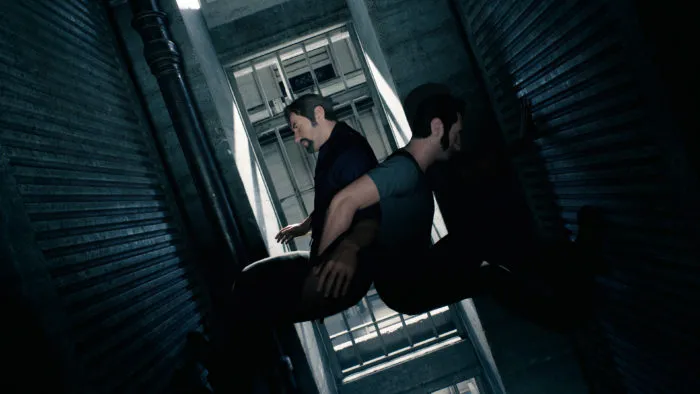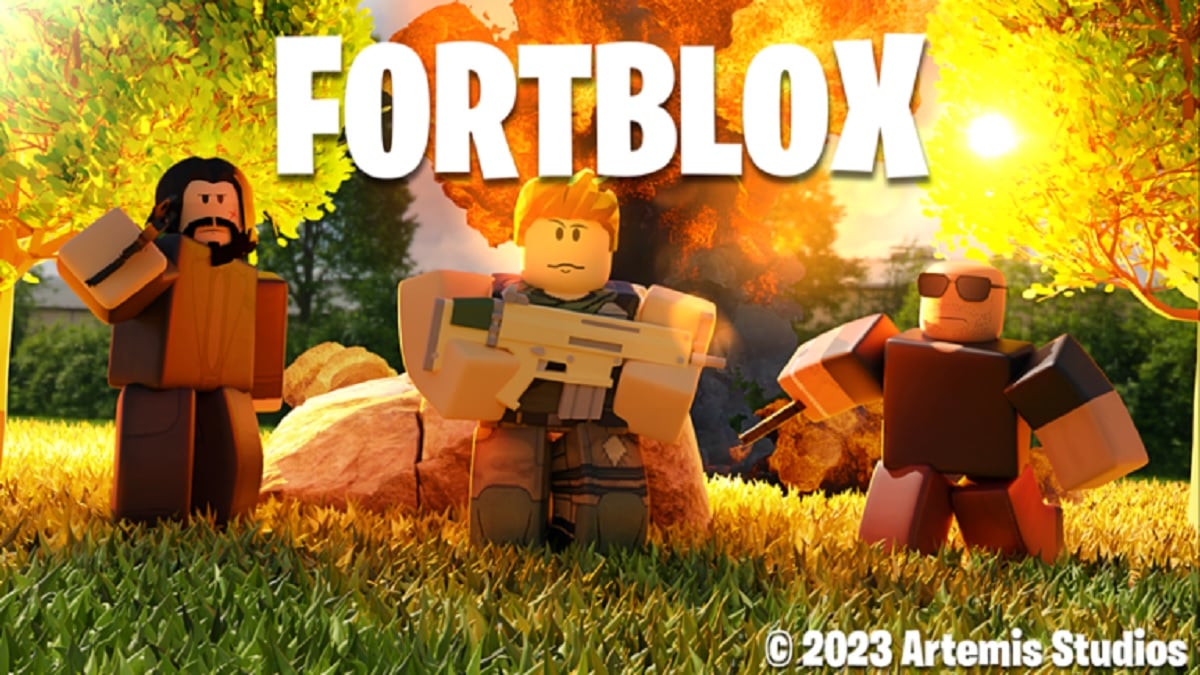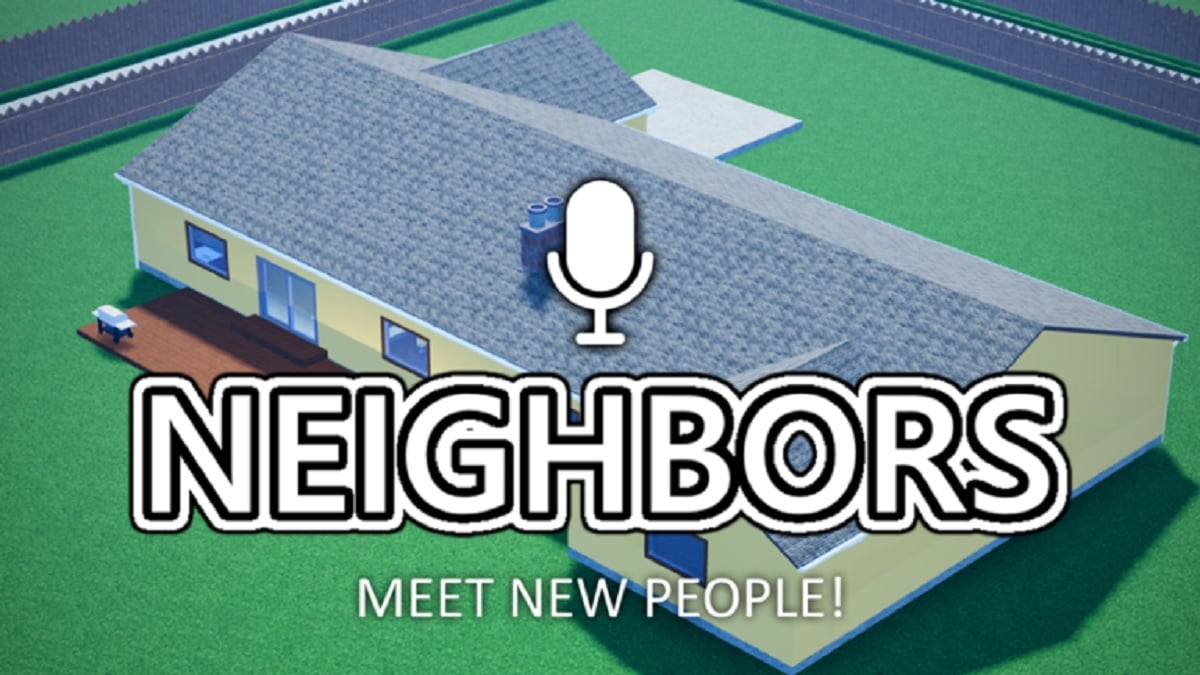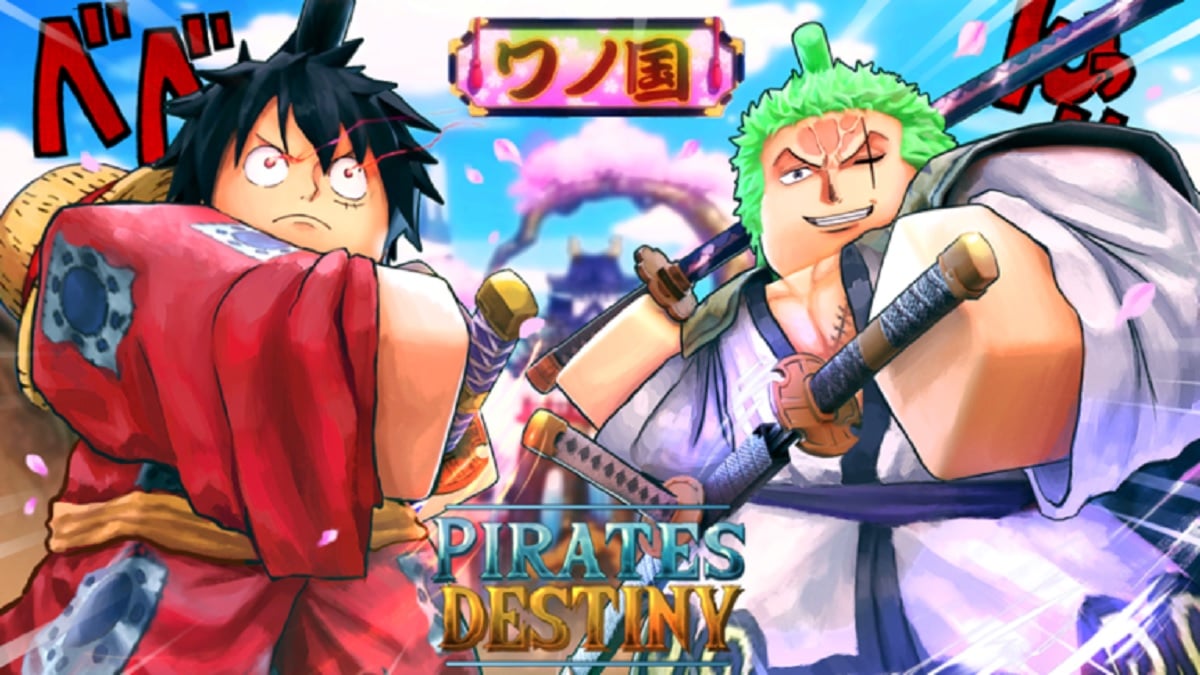A Way Out on PS4
While one could certainly fault it for being far too linear, for its choices not having enough of an impact on its narrative like so many other story-driven titles out there, A Way Out handles itself with an air of confidence and panache rarely seen in games of the same ilk. Developed by Hazelight Studios (of Brothers fame), A Way Out is certainly one of the best narrative-driven video games we’ve seen this generation, not just because of its fun and enjoyable plot, but for the way it makes use of the medium to tell that story.
A Way Out’s story features two protagonists in the form of Vincent and Leo, two men who meet in prison. The former is far more level-headed and rational, and he prioritizes safety and tries to talk his way out of tight situations whenever possible. And as you might expect, the latter is the complete opposite. Leo is hot-headed and violent; he’ll use brute force to muscle people around in order to get what he wants. It’s a pretty cliched dynamic, but the impeccable writing and comedic banter build up some great chemistry between the two and makes it easy for players to latch on to these characters.
The game starts properly when Vincent and Leo first meet in prison, and the two quickly cook up a scheme to break out of prison. Both men claim to have been wrongfully accused of murders they didn’t commit, and they’ve both got chips on their shoulders. It’s not too long before we find out they were both set up by the same man, a thug named Harvey. Bonded by their sense of injustice and the presence of a common enemy, Vincent and Leo soon become thick as thieves.
From start to finish, A Way Out is meant to be played as a two-player co-op experience. The co-op aspect is mandatory, and it’s impossible to complete the game without passing a second controller on over to another person. Hazelight has thought of everything as well. If you don’t have anyone to play with via local couch co-op, there’s online play with people on your friends list, not to mention the fact that your friend doesn’t have to own a copy of the game if they download the Friends Pass version of it off a digital storefront. A Way Out is certainly thrilling and a lot more fun with your partner in crime sitting right beside you, but I was pleasantly surprised to see that the co-op worked absolutely flawlessly even over an Internet connection.
The game’s run time clocks in at around six hours, and you can complete it in one sitting. Throughout my whole six hours of continuous play with a friend online, the connection didn’t drop once, and there wasn’t a single noticeable hitch in gameplay. A Way Out is presented as a dynamic split-screen game where you’re able to see what your partner is doing at all times, and there are many key moments in the story where your actions would sync up perfectly with one another. All of that came through fine during online play, and there was virtually no difference between playing online and locally, so there’s no worry at all about having a subpar experience either way.
And of course, we come to the meat of the game: the dynamic split-screen feature. At times, it’s a little off-putting to have so little screen space to yourself. The screen is cut directly in half, and the onscreen real estate occasionally shifts in either Vincent or Leo’s favor, depending on what’s going on in the story at that moment. It takes a little getting used to, but once the two characters meet and the story gets going, it becomes strangely engrossing to keep glancing over to see what your partner’s doing. It’s a little voyeuristic in nature perhaps, but it’s definitely fun to peek and watch as your partner struggles with a button-mashing, pull-up mini game in the prison gym.

Perhaps the most impressive aspect of the split-screen feature is how seamless it is whenever the game transitions from a gameplay segment into a cinematic scene. One particular mid-game instance sees Vincent and Leo engaged in a car chase sequence with the police, and Vincent focuses on driving while Leo keeps the cops away with a shotgun. The screen splits into top and bottom halves, allowing Leo a better view of the cops and making it easier for the player to shoot at them. As the chase sequence comes to an end, the screens merge quickly to give way to a quick cutscene before going back to gameplay once again.
A Way Out is so good at pulling off cool camera tricks, and the rare occasions when players are given 100 percent screen real estate are a treat. There are sequences where the game goes completely full screen (which is slightly jarring when you’re so used to split-screen at this point), and character control will alternate between players as the camera weaves in and out of a building in one long take to show off yet another spectacular chase sequence. One moment you’ll see Vincent blending in with civilians while trying to avoid the cops, and the next, the camera pans out and goes to Leo in the basement, and suddenly the game is a side-scrolling brawler as you try to beat up the cops in your way. It’s all linear of course, and there’s no way to do things differently, but the way these action set pieces are handled is just so damn awesome it’s hard to complain at all.
There are a few moments in the story where you will get a say in deciding how things should proceed. Because Vincent and Leo have fundamentally different personalities from each other, they’ll occasionally disagree on how a situation should be handled. How do you want to pull off a robbery? Go in guns blazing? Or try to clear out a few civilians and do things a little more discreetly? Both players have to agree on all decisions, and it encourages some back and forth discussion, which makes A Way Out all the more engaging. The ultimate outcomes are all the same, but it’s nice to have a bit of initiative in deciding how the story progresses. It makes for good replay value, if nothing else.
Like I mentioned before, it’s pretty much impossible to beat the game alone, even if you’ve got some experience handling two controllers at the same time. The game is full of co-op segments where both players have to time their button presses properly in order to progress, or hop on separate bikes and drive off while escaping from the bad guys. There are instances where both players have to be actively communicating with one another to reach their next objective, whether it’s something as simple as helping the other player get into a locked room, or paddling a boat together to make sure you don’t crash into a rock. The game has brief stealth segments where you’ll work together to take out unsuspecting enemies, as well shooting segments which are pretty simple as far as the controls are concerned. A Way Out fosters a real sense of co-operation between both players, which in turn leads to the budding friendship between Vincent and Leo feeling that much more relatable and believable.

For the most part, the game’s puzzles weren’t too hard to figure out with a bit of communication and exploration, though you will run into one or two segments that seem obtuse. Once or twice, my partner and I found ourselves stumped because we couldn’t locate one random, specific object needed to progress even though we knew what had to be done. Thankfully, these instances are few and far between, and didn’t do much to ruin the overall experience.
The story itself feels predictable and like a run-of-the-mill crime drama with entertaining characters, especially in the first half, but that’s not to say that it isn’t enjoyable. Vincent and Leo soon grow to be really likable characters that you start to root for, and in the brief moments when they feel safe enough to reveal a more vulnerable side, you feel for them. A Way Out sprinkles more than a few other mini games in the story, and you can play a game of Connect Four or darts in between the high octane action sequences and fight scenes. The game excels even in these quieter moments, and my partner and I found ourselves more enthralled with the idea of trying to outdo and beat each other’s scores whenever those mini games presented themselves.
By the time you reach the final act, and you realize where the story’s headed, it’s hard not to appreciate the game’s writing and how it’s managed to build up its characters over the past six hours. The final act and the memorable gameplay sequence that comes with it makes use of the split-screen feature in an ingenious way. And no matter how cheesy, melodramatic, or run-of-the-mill you might think the story is, A Way Out just does such a stellar job of taking that story and presenting it in a manner that would be impossible to pull off in any other form of entertainment. This is a video game story that works spectacularly well with the implemented mechanics, and that’s why A Way Out manages to stand apart from the rest of its cinematic, narrative-driven competition.
If you’re not a fan of linear games, you should probably play A Way Out anyway. The game’s presentation of a truly co-operative story is sublime, and it makes full use of the video game medium as a method to punctuate the dramatic moments and develop its characters. Like Brothers, A Way Out presents a unique twist to the cinematic story formula, and it sticks the landing.
Score: 4.5/5 – Great
Pros
| Cons
|
For more information on how we review games, check out Twinfinite’s review policy here.






Published: Mar 22, 2018 12:00 pm